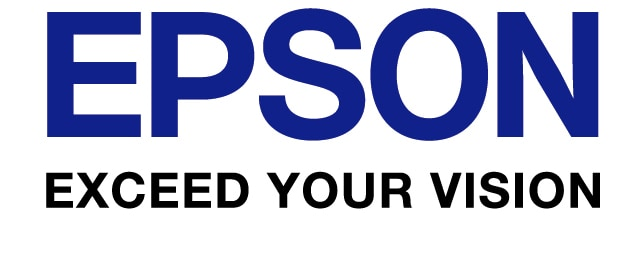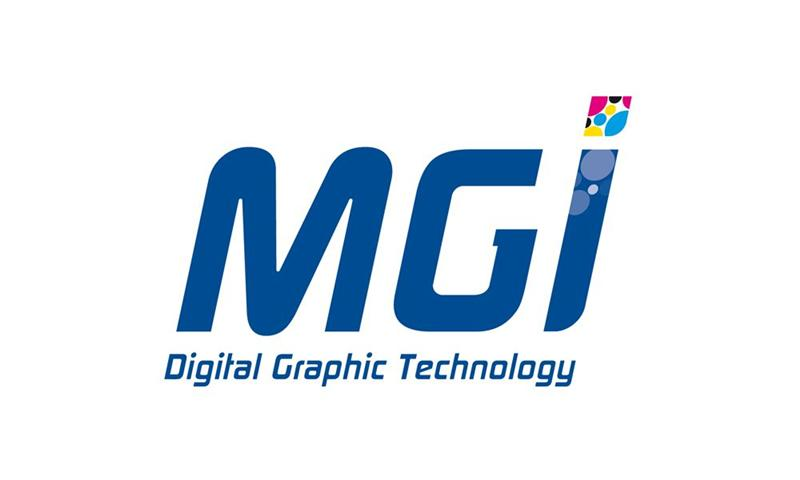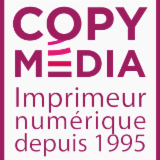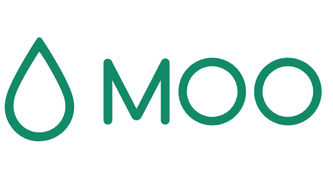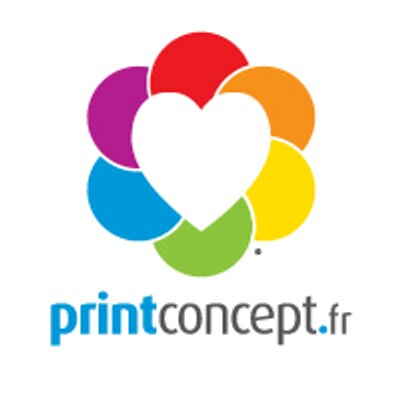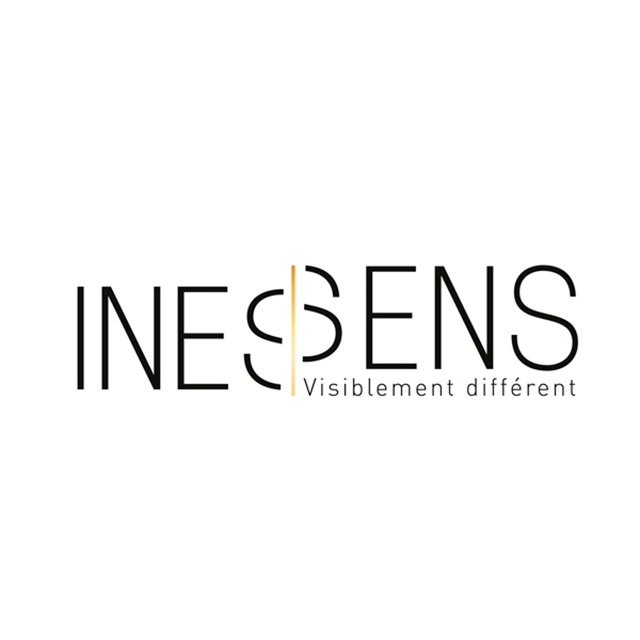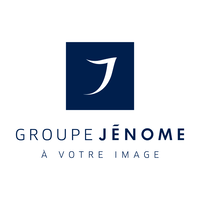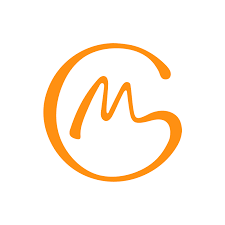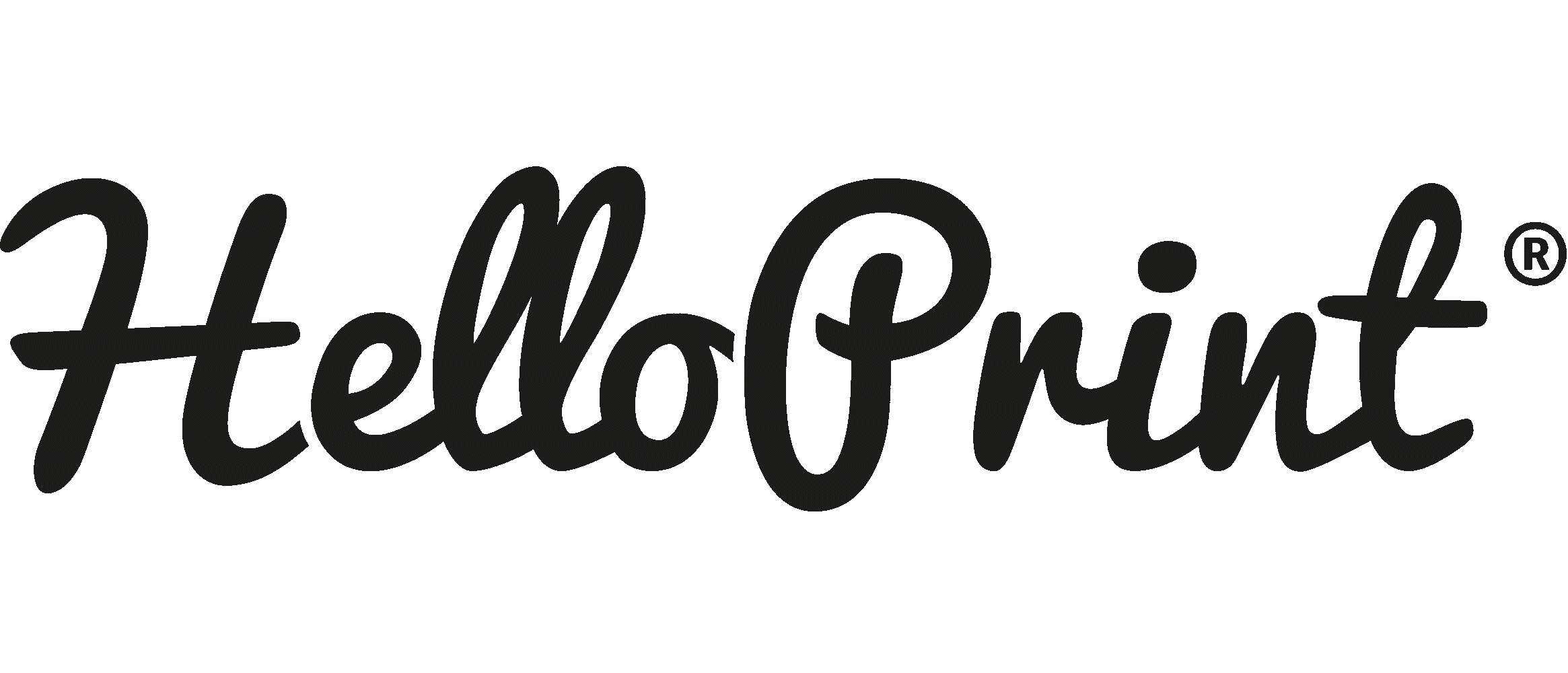Synthèse
The global digital printing market is experiencing strong growth, with an expected increase from $24.8 billion in 2021 to $34.3 billion in 2026, at a CAGR of 6.7%. This growth is driven by increasing demand for sustainable printing, technological advances and the expansion of the packaging and textile industries. North America holds the largest share of the market, thanks to advances in the packaging and textile sectors.
Despite the general decline in the French printing market due to digitization and ecological considerations, digital printing remains a resilient segment, with a strong potential for growth.rique printing remains a resilient segment, showing growth, particularly in the packaging and label printing sectors, where traditional printing has reached a plateau. Web-to-print models are increasingly popular, offering customized solutions. The 3D printing market is also a game-changer, with bioprinting set to grow significantly, contributing to healthcare spending. Regulations such as GDPR are affecting the printing market, particularly with regard to the processing of personal data. Overall, eco-responsibility and print-on-demand are shaping the future of the digital print industry.
Key trends and demand analysis in the digital printing market
The digital printing landscape is evolving within the market, navigating through the challenges and opportunities brought about by increasing digitization in various industries. While the traditional print market is experiencing a general decline in demand due in part to digital practices and environmental considerations, digital printing is emerging as a resilient and innovative segment, showing signs of continued growth and adaptability. Market adaptation can be seen mainly in sectors such as packaging and textiles, which are not only an integral part of the economy but also dynamic in terms of consumer needs and technological advances.
In packaging, digital printing is at the forefront, enabling brands to respond rapidly to changing customer demands, thanks in part to the development of the packaging industry, which has seen a compound annual growth rate (CAGR) of 1.82%. In textiles, the demand for personalization and flexibility to keep pace with fast-moving fashion trends requires the integration of digital printing. This growth has led to a significant increase in the value of the digital textile printing market worldwide, suggesting that sectors dependent on design and customization could sustain the demand for digital printing in the market.
Another key driver of digital print demand is the consumer-driven web-to-print model, where products such as personalized photo albums experience a peak of interest during vacation periods. This demonstrates the cyclical nature of certain print products, and suggests the digital print industry's wider reach into the consumer market. In terms of financial figures, the digital printing segment shows a series of growth indicators. For example, the paper packaging sales index followed a positive trajectory before experiencing a slight decline in 2020, indicating a preference for digital options, even within structurally growing markets.
In addition, the digital printing market in France has been valued at between 1.41 and 1.62 billion euros, confirming its substantial contribution to the country's overall printing market. As digital printing continues to integrate into various aspects of the economic fabric, it faces the challenge of competing with offset printing in terms of aesthetics and profitability. While digital printing meets the demand for short runs and rush orders, it remains less economically viable for large quantities, for which offset printing remains dominant.
However, the digital printing industry continues to prove its dexterity, striving to meet aesthetic standards as efficiently as possible, processing a range of raw materials from pâand paper to inks, and maintaining a cost structure that reflects its market position - a high-end service but one that is increasingly necessary in an economy that values speed and personalization.
Key players in the evolving digital printing landscape
Digital printing, a dynamic sector in constant evolution, is shaped by a constellation of influential players. From innovative printer manufacturers to service providers for niche markets, each player brings a unique strength and specialty to the table. As we delve deeper, we discover the notable contributions of these market leaders.
- Xerox: A veteran of print innovation Xerox, a global American company, has long been synonymous with photocopying and printing. Even in a digital world that favors screen over paper, Xerox continues to shape the printing industry by advancing its printing technology and adapting to the changing needs of digital printing, including evolving web-to-print business models.
- Epson: Pushing the boundaries of inkjet technology Japanese electronics giant Epson has carved out a niche for itself in the digital printing market with its wide range of printers and inks. Renowned for their reliability and innovation, Epson products are at the forefront of the evolution of digital printing, meeting the needs of businesses and consumers alike.
- MGI: Cutting-edge presses for the digital age French company MGI specializes in supplying cutting-edge digital, inkjet and 3D presses. Its equipment meets the needs of a market that demands high-quality digital printing solutions. With a focus on innovation and technology, MGI represents the advances that are propelling the digital printing industry forward.
- Moo.com: Redefining printed communication Specializing in high-quality, customizable business cards, Moo.com represents the wave of online printing services taking over the market. By focusing on high-quality printed products, Moo.com positions itself as a supplier of printed materials that meet modern consumers' expectations in terms of aesthetics and quality.
- Flyer.be: The benchmark for fast printing solutions Flyer.be is a renowned player in the field of flyers and other printed promotional materials, offering services both online and in physical stores. Its user-friendly platforms meet the rapid production needs of companies looking to make a visual impact.
- Inessens: An artisanal approach to wine labels No product is as dependent on the appeal of its packaging as wine. Inessens is known for producing exquisite wine labels, using complex digital printing techniques to create labels that appeal to the senses and seduce customers.
- Copy-Top and Cimpress (Vistaprint): Experts in commercial printing Copy-Top
à la compréhension de ce marché
Détail du contenu
 Informations
Informations
- Nombre de pages : 30 pages
- Format : Version digitale et PDF
- Dernière mise à jour : 01/10/2021
 Sommaire et extraits
Sommaire et extraits
1 Market overview
1.1 Presentation and definition of the market
Printing is defined first of all as the action of reproducing characters or images on a medium.
It is important to distinguish between digital and offset printing:
Digital printing differs from traditional offset printing in that it is initiated from a computer processing This is done directly from a computer. Offset printing involves several steps: it requires a plate, then a blanket which will finally come into contact with the support to deposit the ink. It is therefore a printing by "reportage during which the steps are repeated to superimpose the different layers of ink and establish the final result. This technique is often used for large volumes since it requires a longer execution process to be implemented, and the intervention of several operators.
On the other hand, digital printing does not have any intermediate steps, it is a process that offers a lot of reactivity since it represents a greater flexibility and speed of execution . There are different techniques in digital printing, as follows:
- Electrography
- Magnetography
- Ionography
- Inkjet
These techniques differ from each other in the process of fixing the ink to the substrate. Digital printing is often the preferred choice for small volumes Whether it is for flyers, business cards, leaflets, announcements, or even maps...
In digital printing, there are jet printers and laser printers The difference lies in the process, which uses liquid ink cartridges for the former and powdered ink for the latter. The main digitally printed products are packaging and traditional stationery according to the formats, or even textiles .
Overall, the printing market is facing an increasingly digital world, but this does not prevent demand for digital printing from continuing Despite the dematerialization of media, many sectors remain attached to printing (especially for reading, advertising, working documents ...).
On a global scale, the digital printing market has been growing strongly for several years, with a CAGR of over 6.5% in recent years .
The French digital printing market is also a growing segment of the overall printing market, although the latter has been losing momentum for several years, being a very fragmented market with many small players. Digital printing therefore appears to be the only resilient segment of the printing industry with digital printer sales continue to grow (3.1%) in 2019, while all other segments are down.
1.2 Digital printing is growing but is a minority in the global market
The digital printing market size is expected to grow from USD **.* billion in **** to USD **.* billion by ****, at a CAGR (***) of *.*%. Increasing demand for sustainable printing and development of packaging and textile industries are the major factors driving the growth of the digital printing market.
Size of the digital printing market ...
1.3 Digital supports a shrinking French print market
Today in France there is a general decline in the printing market in all its forms. The use of digitalization is becoming more and more frequent, both for practical and ecological reasons.
According to INSEE, the NAF code **.**Z entitled "Other printing (***)" includes
Printing of magazines and other periodicals, appearing less ...
1.4 The impact of the Covid-19 crisis on the printing industry
Few companies in the sector have not been affected by the crisis linked to the pandemic. As the sector is made up of many small and medium-sized companies, it has been difficult for many to resist this crisis, in a field that was already in decline before. Many companies have been ...
2 Analysis of the demand
2.1 Status of the digital printing demand sectors
Digital printing and packaging :
According to KonicaMinolta The digital label and packaging printing industry will continue to grow in ****. In fact, it will "Enables brands and manufacturers to respond quickly to customer demands, improve their production and supply chains, reduce warehousing costs, waste and helps them get their products to market ...
2.2 The major revolution in 3D printing to come
Digital *D printing is revolutionizing many sectors. This innovative technique can now even be integrated into advertising displays. As for professionals, they use it to design prototypes, models, prostheses, implants, and even more recently in the manufacture of houses.
*D printing offers individuals and professionals the possibility to print *D ...
2.3 Print-on-demand and eco-responsibility drive digital printing
Publishing on demand
According to Les Echos As a result of declining sales and the need for a more efficient printing system, more and more publishers are considering digital printing ease of launching digital printers . Indeed, for small print runs (***), publishing works on a just-in-time approach This has boosted the market ...
2.4 New printing technologies: responding to growing market demand
Today, the various market players (***), the following trends that adapt to demand can be added:
Industrial printing, digital graphic design (***), packaging and the Web-to-Print are rapidly developing [***]. Indeed, print-on-demand is boosted by the Web-to-Print This is defined as all digital solutions that allow you to order prints via the Internet. Digital ...
3 Market structure
3.1 The different players in the digital printing market
Printer and copier manufacturers
They have had to deal with the development of "paperless", both in companies and among consumers. There is a lasting trend towards "web-to-print": a business model where printed products are sold through an online platform, where customers from any sector can order a wide variety of products. ...
3.2 Increasingly digitalized distribution
With the democratization of conventional digital printers in the home since the ****s, the share of printing services consumption by home users in the printing services market is negligible compared to that of business users.
The main thing to note is the strong growth of Web-to-Print. This is an automation process ...
3.5 Entretien Florian de Drouas, directeur adjoint de la société Kapp-Lescure
Marine : Bienvenue dans la niche, le podcast qui analyse le marché de niche avec les entrepreneurs qui font bouger les lignes. Je suis Marine et je travaille chez Businesscoot, la start-up qui dépoussière des études de marché. Avant de commencer, abonnez-vous à notre podcast sur Spotify et Apple Podcast. Et ...
4 Analysis of the offer
4.1 Prices linked to raw materials and the range of the finished product
The main factors affecting prices are raw materials:
For physical printing, it is mainly paper, pulp and paper being subject to high price volatility. Thus in ****, the price per tonne increased by nearly **% (***). For *D printing, it is plastic and polymers. The ink for printers is sometimes referred to as a ...
4.2 Digital printing's breakthrough in the decoration sector
In a **** survey conducted by FESPA, it was found that nearly * quarters of respondents within the print community described wallpaper and decorative prints as two sources of continued growth for the print field. The growth in decorating then lies precisely in the advances of digital printing: the freedom offered to designers ...
5 Regulation
5.1 Regulatory framework
In the case of the opening of a business specializing in the field of printing, the professional is subject to the regulation of classified installations for the protection of the environment (***). The duration of the procedure is estimated at **-** months on average.
A regulatory framework also applies to inks for ...
6 Positioning of the actors
6.1 Segmentation
- Xerox
- Epson
- MGI Digital Technology
- Copy Top
- Copy Media
- Moo inc
- Flyer.be Groupe (ex Printconcept)
- Inesens
- Jénome Groupe
- Cimpress
- Main Gauche
- Helloprint
- Bobst
- Hybrid Software
- Fredigoni Group
- Konica Minolta France
- PrintOclock
- Exaprint
- Autajon
- Berger Levrault
- DFM
- Lexmark
- IGR Neuville Impression
- Barcodis
- Durst Group
- OKI Electric
- Teemio
- Xeikon
- Evolis (Assa Abloy)
- Riccobono
- Domino Global Brother
- Leader Print Group
- Icônes Imprimerie
 Liste des graphiques
Liste des graphiques
- Taille du marché de l'impression numérique
- Répartition du marché de l'impression, par type de technologie
- Evolution de l'indice de chiffre d'affaires du marché intérieur et de l'export pour le code NAF 18.12Z
- Répartition du chiffre d'affaires de l'imprimerie de labeur par marché
- Recherches pour "Album photo"
Toutes nos études sont disponible en ligne et en PDF
Nous vous proposons de consulter un exemple de notre travail d'étude sur un autre marché !
Dernières actualités
Entreprises citées dans cette étude
Cette étude contient un panorama complet des entreprises du marché avec les derniers chiffres et actualités de chaque entreprise :
 Choisir cette étude c'est :
Choisir cette étude c'est :
Accéder à plus de 35 heures de travail
Nos études sont le résultat de plus de 35 heures de recherches et d'analyses. Utiliser nos études vous permet de consacrer plus de temps et de valeur ajoutée à vos projets.
Profiter de 6 années d'expérience et de plus de 1500 études sectorielles déjà produites
Notre expertise nous permet de produire des études complètes dans tous les secteurs, y compris des marchés de niche ou naissants.
Notre savoir-faire et notre méthodologie nous permet de produire des études avec un rapport qualité-prix unique
Accéder à plusieurs milliers d'articles et données payantes
Businesscoot a accès à l'ensemble de la presse économique payante ainsi qu'à des bases de données exclusives pour réaliser ses études de marché (+ 30 000 articles et sources privées).
Afin d'enrichir nos études, nos analystes utilisent également des indicateurs web (semrush, trends…) pour identifier les tendances sur un marché et les stratégies des entreprises. (Consulter nos sources payantes)
Un accompagnement garanti après votre achat
Une équipe dédiée au service après-vente, pour vous garantir un niveau de satisfaction élevé. (+33) 9 70 46 55 00
Un format digital pensé pour nos utilisateurs
Vous accédez à un PDF mais aussi à une version digitale pensée pour nos clients. Cette version vous permet d’accéder aux sources, aux données au format Excel et aux graphiques. Le contenu de l'étude peut ainsi être facilement récupéré et adapté pour vos supports.
 Nos offres :
Nos offres :
the digital printing market | France
- Quels sont les chiffres sur la taille et la croissance du marché ?
- Quels leviers tirent la croissance du marché et leur évolution ?
- Quel est le positionnement des entreprises sur la chaine de valeur ?
- Comment se différencient les entreprises du marché ?
- Données issues de plusieurs dizaines de bases de données
Pack 5 études (-15%) France
- 5 études au prix de 75,6€HT par étude à choisir parmi nos 800 titres sur le catalogue France pendant 12 mois
- Conservez -15% sur les études supplémentaires achetées
- Choisissez le remboursement des crédits non consommés au terme des 12 mois (durée du pack)
Consultez les conditions du pack et de remboursement des crédits non consommés.
- 17/01/2024 - Ajout des informations de l'entreprise Icônes Imprimerie
- 22/11/2023 - Ajout des informations de l'entreprise Leader Print Group
- 22/10/2023 - Ajout des informations de l'entreprise Domino Global Brother
- 05/09/2023 - Ajout des informations de l'entreprise Riccobono
- 26/08/2023 - Ajout des informations de l'entreprise Evolis
- 06/07/2023 - Ajout des informations de l'entreprise Xeikon
- 06/07/2023 - Ajout des informations de l'entreprise Teemio
- 06/07/2023 - Ajout des informations de l'entreprise OKI
- 06/07/2023 - Ajout des informations de l'entreprise Durst
- 01/07/2023 - Ajout des informations de l'entreprise Barcodis
- 30/06/2023 - Ajout des informations de l'entreprise IGR Neuville Impression
- 25/06/2023 - Ajout des informations de l'entreprise Lexmark
- 22/06/2023 - Ajout des informations de l'entreprise DFM
- 21/06/2023 - Ajout des informations de l'entreprise Berger Levrault
- 04/06/2023 - Ajout des informations de l'entreprise Autajon
- 25/05/2023 - Ajout des informations de l'entreprise Exaprint
- 18/04/2023 - Ajout des informations de l'entreprise PrintOclock
- 03/03/2023 - Ajout des informations de l'entreprise Konica Minolta





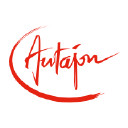 Autajon acquiert Royston pour renforcer sa présence au Royaume-Uni - 10/01/2024
Autajon acquiert Royston pour renforcer sa présence au Royaume-Uni - 10/01/2024
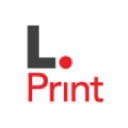 Leader Print Group perce dans l'impression numérique grand format - 22/11/2023
Leader Print Group perce dans l'impression numérique grand format - 22/11/2023
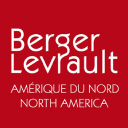 Antoine Dumurgier, de la Nasa à Berger-Levrault - 11/10/2023
Antoine Dumurgier, de la Nasa à Berger-Levrault - 11/10/2023
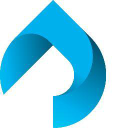 Riccobono reprend un imprimeur allemand et se pose en leader européen de l'héliogravure - 05/09/2023
Riccobono reprend un imprimeur allemand et se pose en leader européen de l'héliogravure - 05/09/2023

